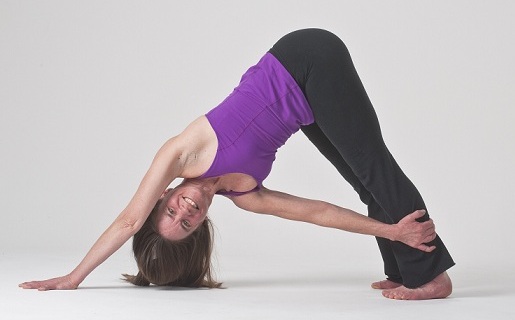
One of the most pervasive myths in the Hindu lore is the long and intricate story of the “churning of the ocean.” I have been considering this myth as I have been processing and practicing this last post-election week. Here is a shortened version with the salient details applicable to my current consideration.
The devas (gods) and asuras (demons) were both seeking the nectar of immortality (amrta or soma). To get it, they worked together to churn the ocean. They upended a great mountain, and wrapped a huge snake around it and churned and churned for a very long time.
Eventually a variety of different things emerged, like a cow, an elephant, the goddess Laksmi, and jewels, happily claimed by the churners.
Then as they continued churning, a dark viscous noxious substance started to emerge. It was quite toxic and threatening to the world. They had to call upon the god Shiva to handle it. He held it in his throat, which is why one of his names is Lord Blue Throat (nilakantha). He transmuted the poison in this way and the churning resumed until the amrta emerged.
I have heard this story interpreted in many ways, a favorite is as a metaphor for our practice of yoga, particularly meditation. As we practice, we are churning our own consciousness, from which emerges gifts like centeredness, clarity, and creativity, and eventually more blissful states. But as well, along the way, we must deal with and transmute any poison that resides in our own individual consciousness.
We experience this in our yoga asana practice as discomfort arises physically due to tightness in our bodies or old injuries. We transmute these through conscious breathing and correct and therapeutic alignment such that eventually there is healing. But it may be unpleasant for a while.
And as well in yoga asana and especially meditation, frustration, residue of old patterns, and all kinds of psychic gunk can be churned up. The practice gives a context and methodology within which to transmute these challenges.
As I’ve thought about the story of the churning of the ocean in light of our current political climate, I’ve been thinking of the ocean in this myth representing our collective consciousness, and how we’ve stirred up and unleashed the poison. And the question becomes, who will transmute it? In the story it is Shiva, who is the consummate yogi. Shiva was called upon to handle it, he held and transmuted it.
Many of us have had the privilege and blessing of many years of yoga practice. As yogis we have many tools at our disposal to shift energy and transform our beings. We practice asana, pranayama, meditation, and chanting. We study the scriptures for guidance. And as we deepen our studies and practice, we have the power of transmutation.
The form this takes can vary. On a very practical level, for me it involves staying steadfast in my yoga practices, stabilizing myself in a place of connection to my heart. As a yoga teacher I will continue to aid others in this process, teaching the tools for transformation. As a citizen of this planet, I intend to do whatever I can to acknowledge the poison when I see it, and seek to transmute it by whatever means I have at my disposal.
I hope we can each remember and seriously consider utilizing the gifts we have received through the practice. We begin by acknowledging the poison is there, it has been unleased. Acknowledge as well that the gift of yoga has led to some degree of awareness, that you are awake at this critical time. Are you willing to engage, to work to transmute it in whatever way you have the power to do so?
Feel free to leave a comment regarding how you would like to transmute the toxic energy.

